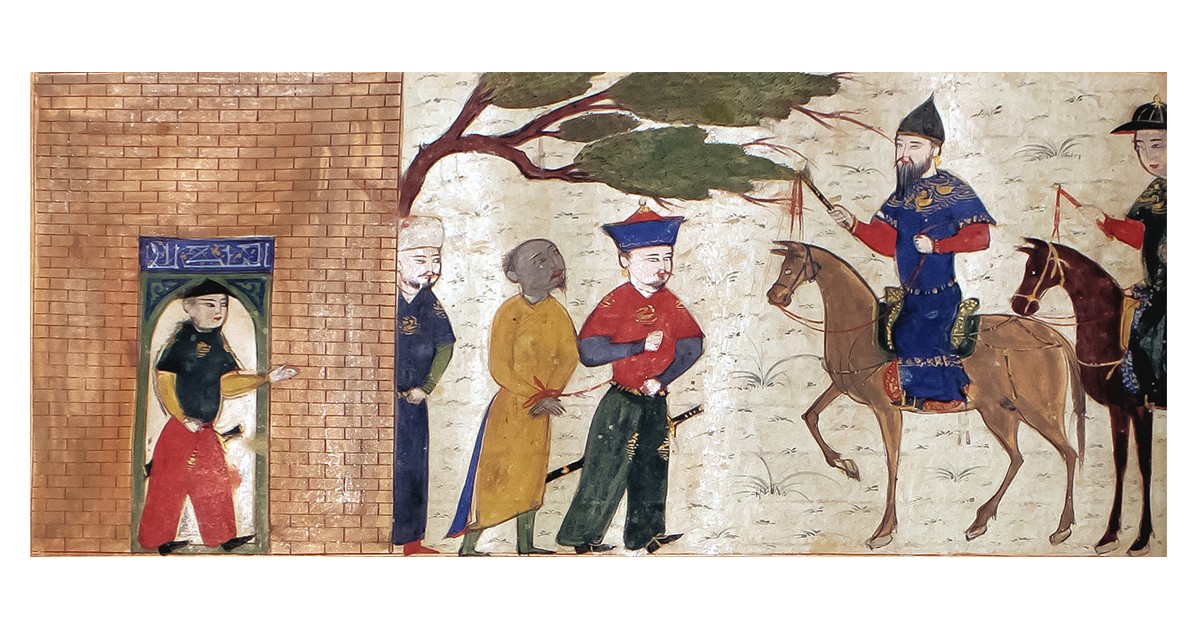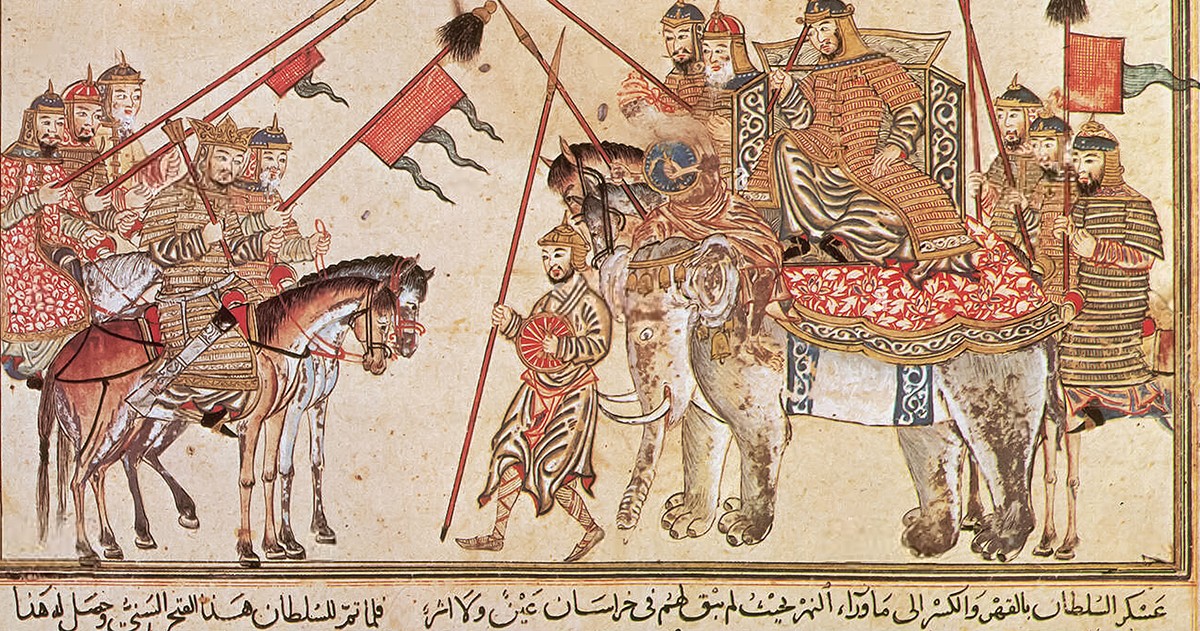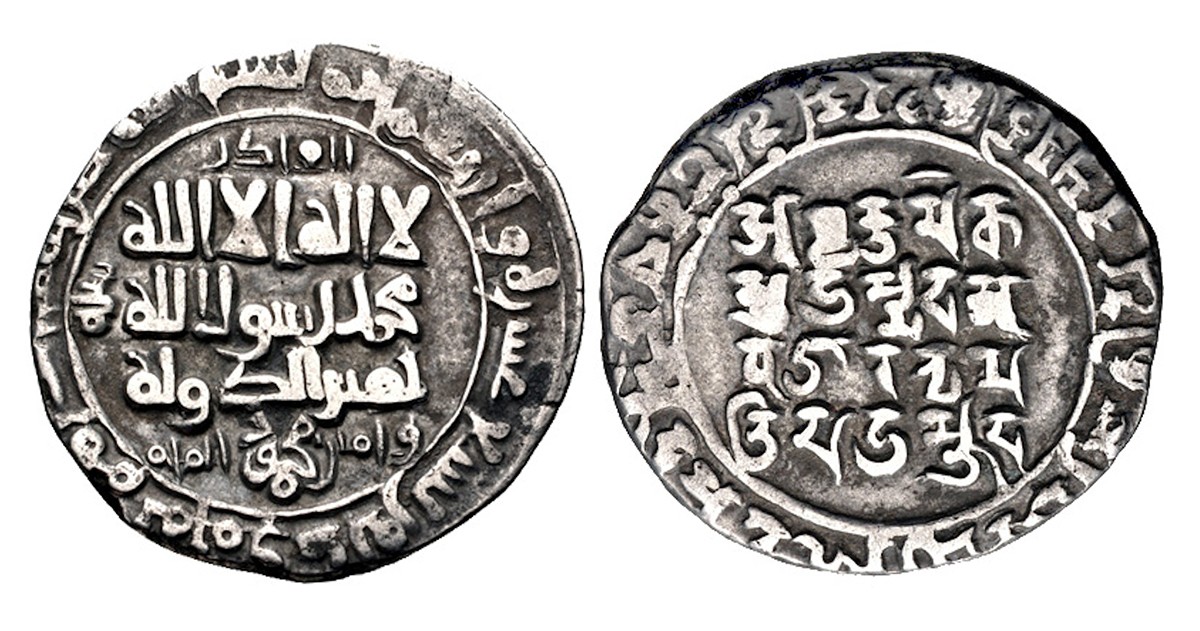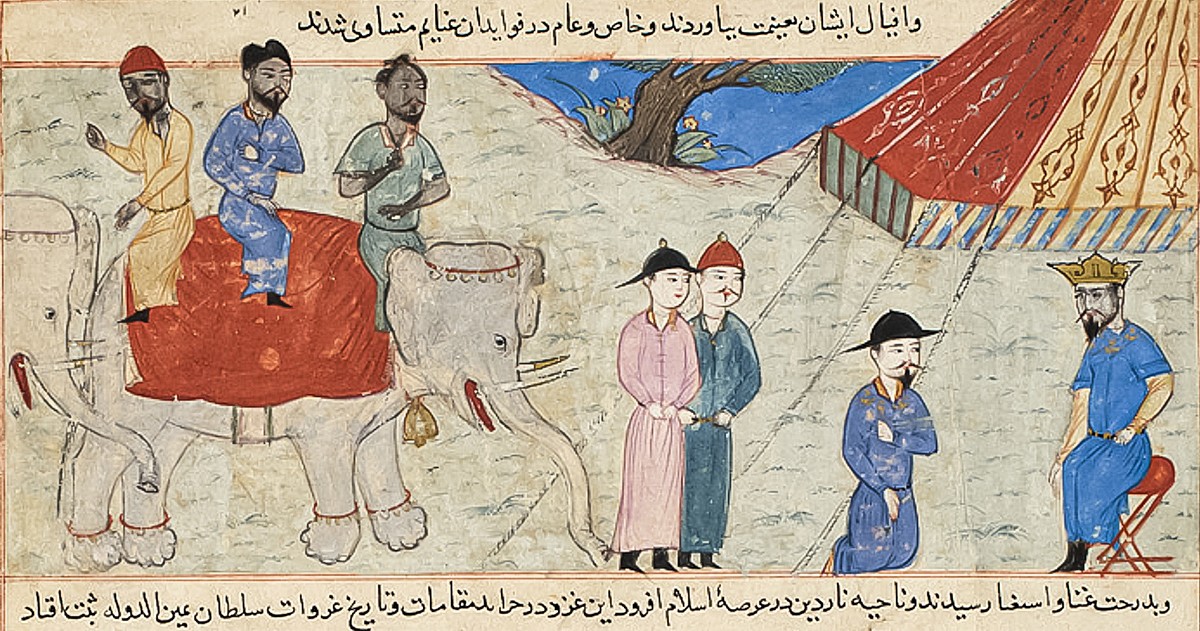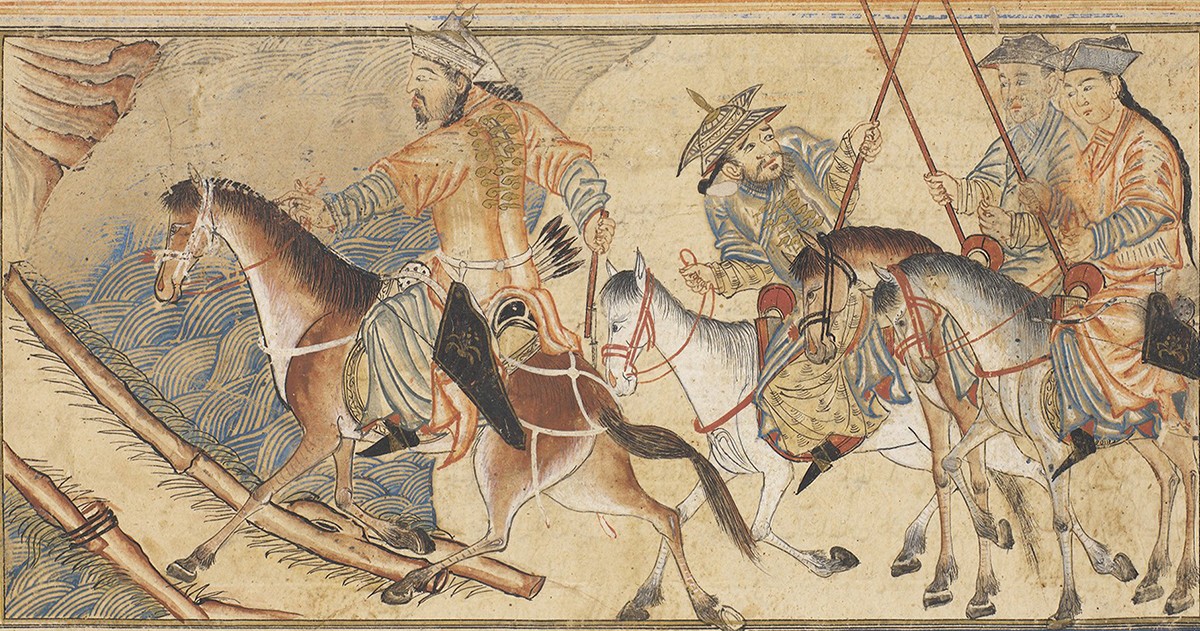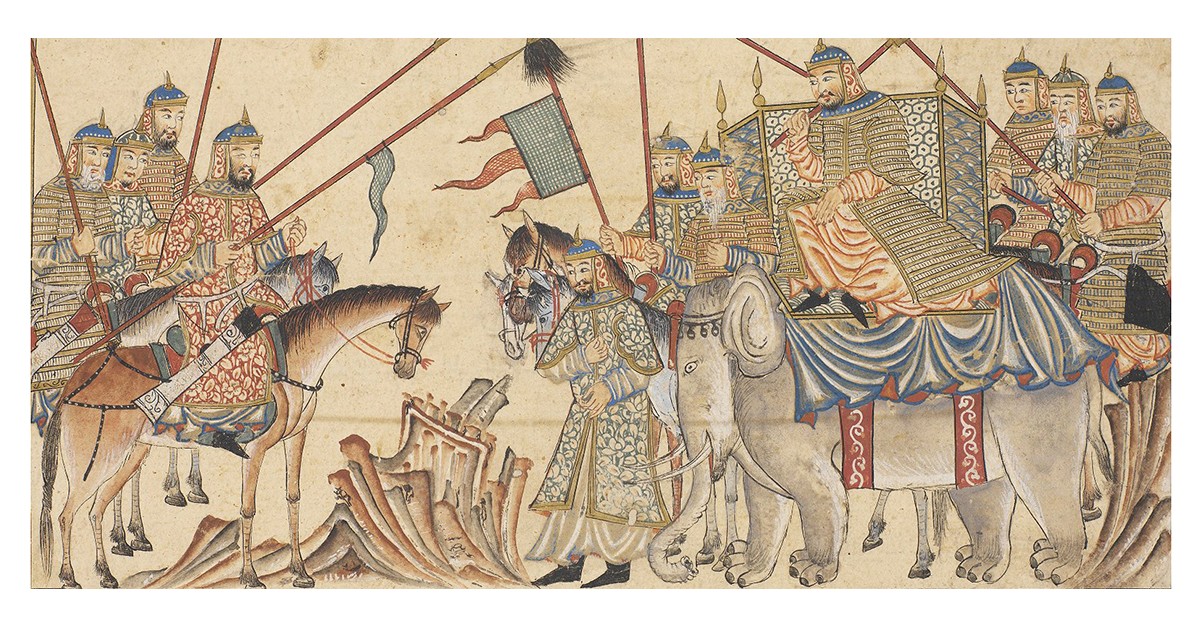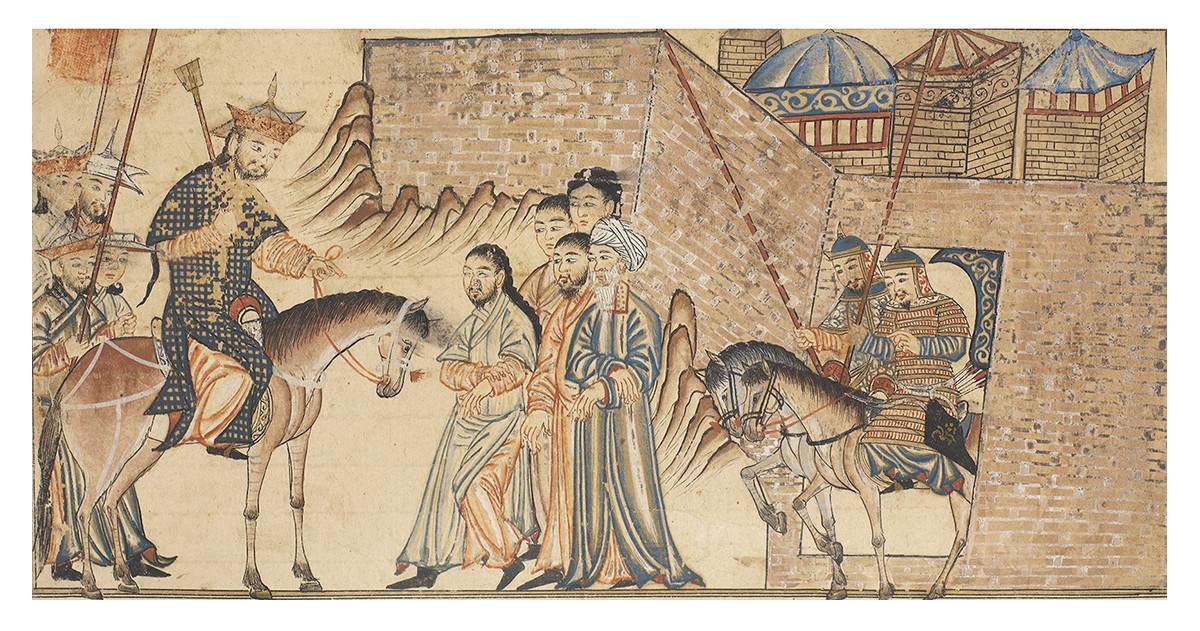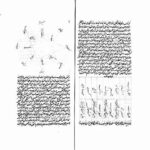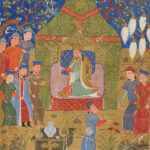Turko-Persian Migrations and Movements
1000–1100 CE
Persianised groups of Turkic origin, such as the Ghaznavids and Seljuks, begin to move through West Asia and into South Asia. With armies composed of hitherto pastoralist and nomadic peoples, the Turks rapidly defeat and then assimilate existing urban courtly cultures such as those of the Abbasid and Persian worlds, as well as those of South Asia. These dynamics will characterise interactions between South and Central Asia in subsequent centuries, with a classic example being the raider Mahmud of Ghazni, active in the areas of present-day Afghanistan and northwestern India, who will use Sanskrit and South Asian imperial symbols such as the elephant and the bull in his coinage.
Bibliography
Ahmad, Aijaz. New Dimensions of Indian Historiography: Historical Facts and Hindutva Interpretation. New Delhi: K.K. Publications, 2022.
Grousset, René. The Empire of the Steppes: A History of Central Asia. New Jersey: Rutgers University Press, 1970.
Wink, André. Al-Hind, the Making of the Indo-Islamic World, Volume II: Slave Kings and the Islamic Conquest, 11th-13th Centuries. Leiden: Brill, 1997.
Feedback 
This entry appears in
Art in South Asia
Visit Timeline
Associated Timeline Events
First Published: March 11, 2024
Last Updated: August 5, 2024



